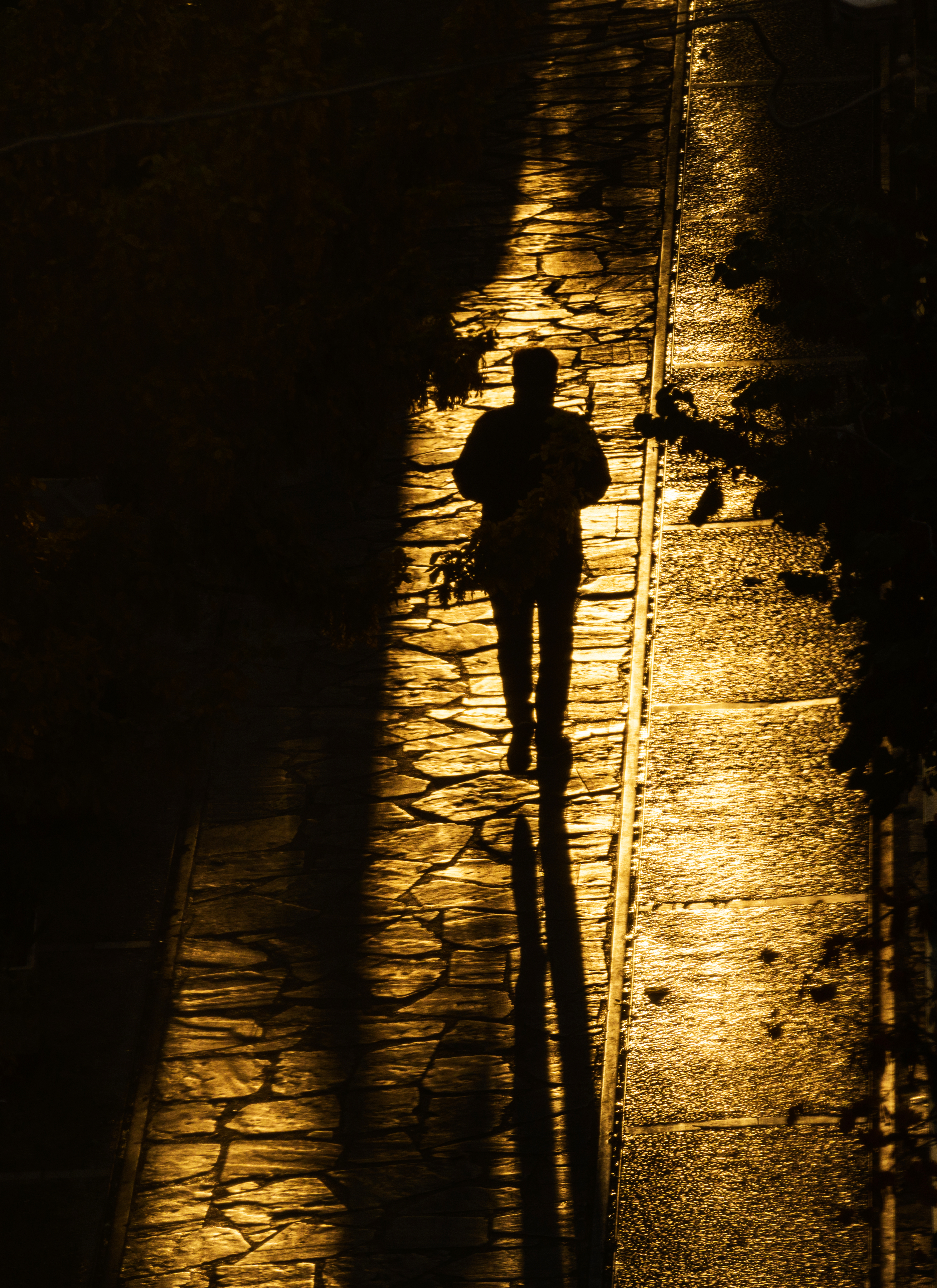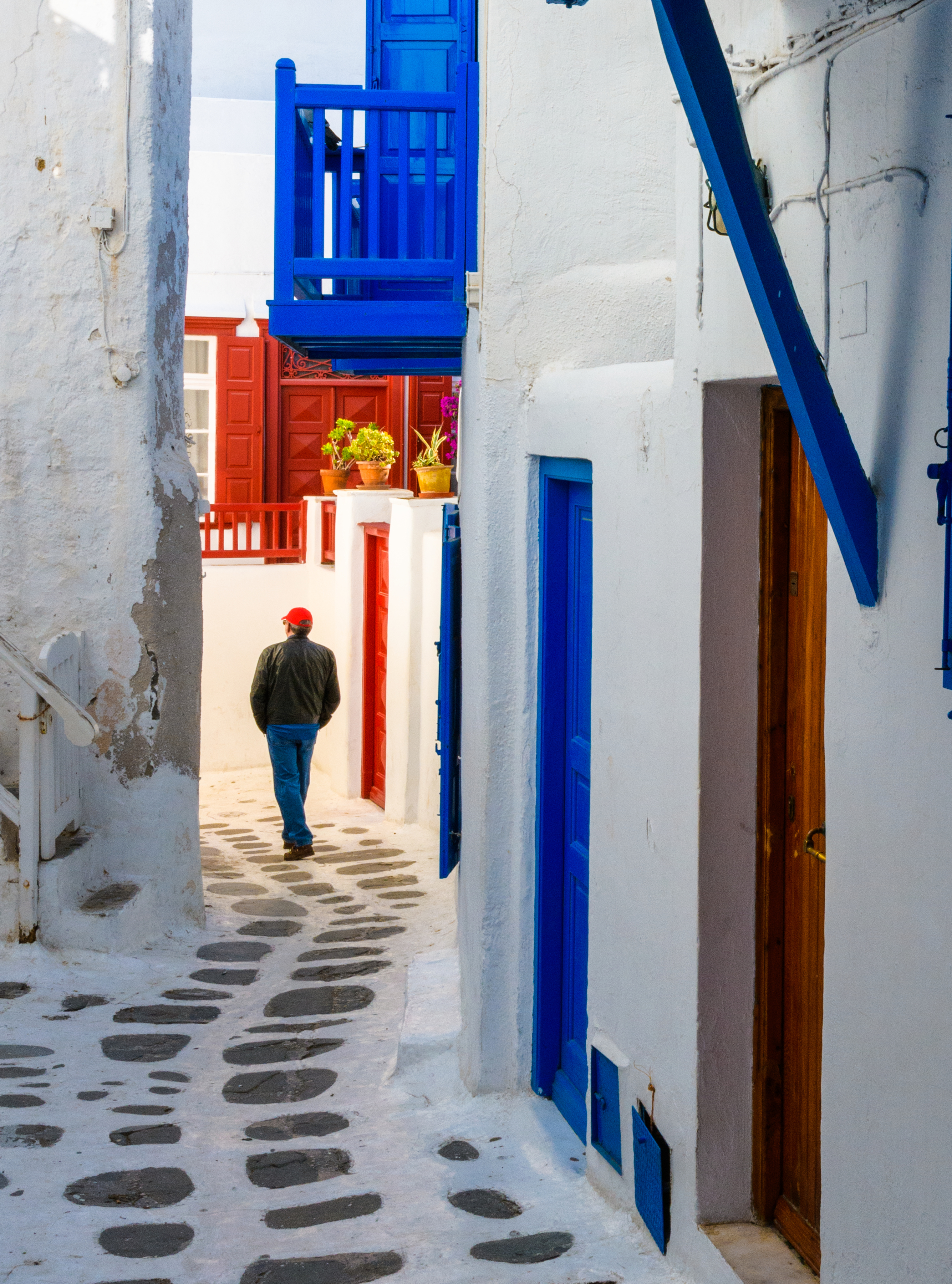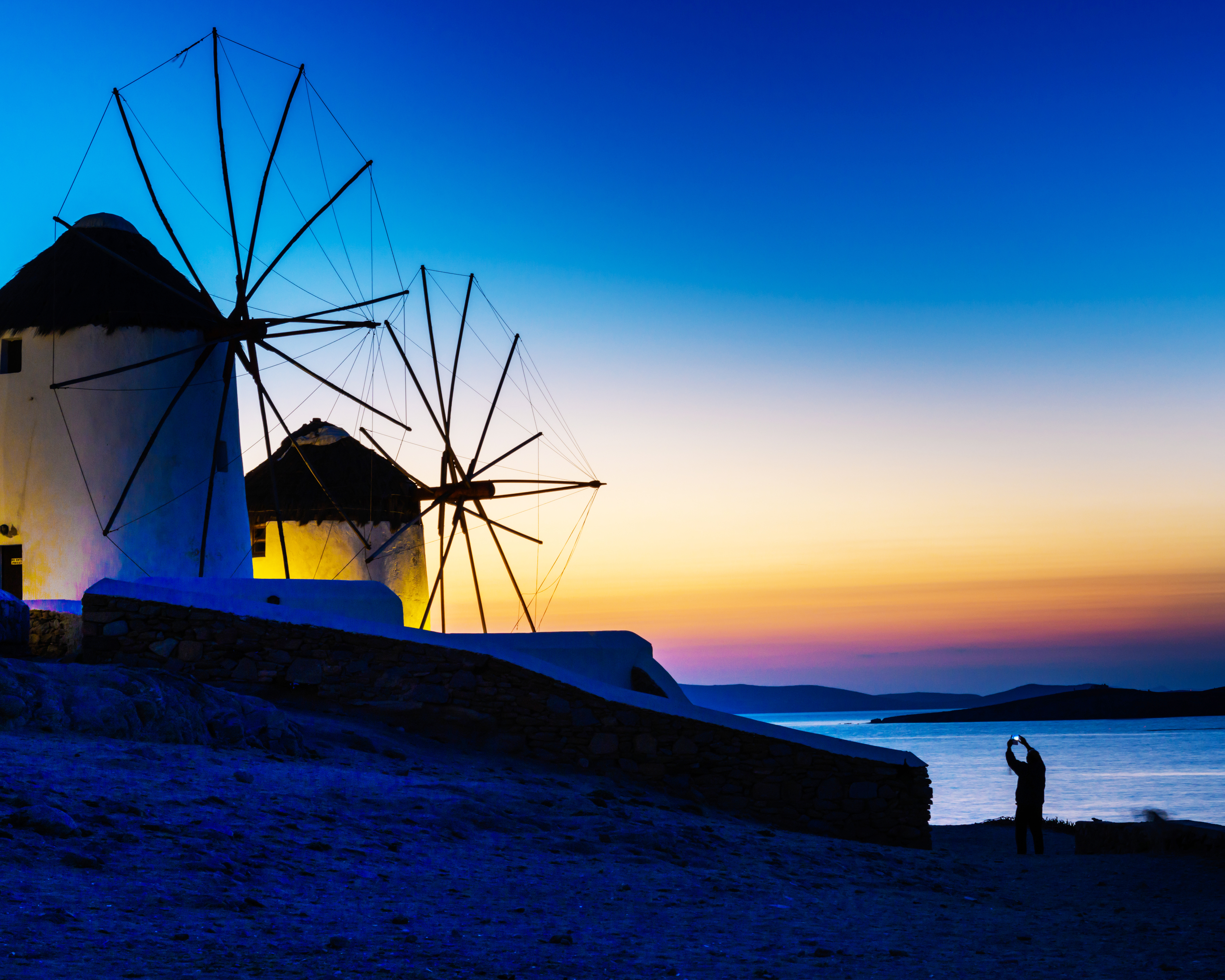When travelling, we’re often encouraged to put our cameras away and enjoy the moment. But there is, of course, the drive within us to capture that moment and to truly convey the wonder and emotions of those events so we can share the experience with others.
Many elements factor into a successful image, some of them aesthetic, others technical, and they usually struggle for dominance at the same time. One element overall can carry more influence than you might expect, sometimes more than all others combined — originality.
As it relates to travel imagery, originality can be exceedingly hard to achieve with familiar subjects and areas that already have millions of captures online. Sometimes, breaking away from our own preconceived notions can be the biggest challenge to finding and capturing fresh ideas in our work.
So what makes the ordinary, extraordinary?
How can you strive to create images that are not just unusual but also dynamic in their impact?
Here are a few tips to get your visual gears churning:



Be open minded to technical considerations
Exposure, focus and composition play a delicate balance, but sometimes the image can be just as powerful, or even more so, when something goes “wrong.” An unexpected shutter drag can create unusual compositions which can have a dynamic artistic result.
As a starting point, I have my camera setup in Aperture Priority Auto exposure mode, and make use of higher ISO values without a thought. Newer camera sensors allow beautiful quality results at 4,000-10,000 and even 25K-50K ISO in some cases, so don’t be afraid to stretch the boundaries of your comfort zone in how you set your camera up. Doing so will ensure you’ll be prepared for whatever happens, even if comes in the form of a “creative mistake.”
Tackling cliché subjects
Force yourself to use an unusual lens or camera position, or perhaps both. Doing so can push you to break away from the ordinary and “done to death” captures that exist everywhere. You’ll be happier with the fresh results and likely enjoy the challenge of the moment even more.
Look for intriguing colour
Using colour for impact may seem obvious, but interesting combinations or contrast in colour can be just as eye catching. Sometimes just the right shade of spot colour can create that “aha moment,” while subjects that don’t normally co-exist can tease the senses with matching or complementary use of colour.


Embrace the shadows and the highlights
As the camera and our eyes seeks to balance light and dark areas with a compromise in exposure, moving that value up or down can produce surprisingly powerful results. Try isolating darker subjects in lighter tones or creating silhouettes where none seemed to exist.
Experiment with cropping
The toughest choices can often be the best ones, and can usually make all the difference. A pleasing graphic image can often be found from within what you saw in the moment and captured in the photo. To do so, you need to find the art within your photograph, and then bring it to life by removing all else around the frame that is not part of it.
Use humour
It can be right in front of you in so many ways, often through unusual subjects and almost always in signage. Make use of the right choice of lens and crop to draw the viewer’s attention to the comical or ironic moment in play.
Plan to get lucky
It’s easy for scenic photos to be overwhelming with multiple storylines and details, so try to zero-in on the human element and potential action. Look for the possibilities, anticipate the moment, plan for it, and then wait. More often than not, it will happen for you, as if you planned it all along.


It’s all about balance
In composition, balance is not always obvious. Architecture elements almost always benefit when photographed at the right time of day, when ambient and artificial light are equal in intensity. Turning the detailed image on its axis can also result in more interesting and somewhat unexpected final results.
Hopefully being aware of these suggestions will pull the compositional curtains aside, allowing you to see your image opportunities in a different light (pun intended) and with a newfound clarity of purpose. They usually work well with each other and you can almost always find some of them in whatever direction your camera is pointed. Being aware of these ideas is the first step, consciously making use of them is the next and may seem tricky at first, but with a bit of practice you’ll find yourself using them over and over without even realizing you’re doing it.
Enjoy the adventure!
Information
A Nikon Ambassador, Craig Minielly was first published at the age of thirteen, starting his career when he was hired into the press realm two years later. With a passion for travel, light styling and a flair for on-location and underwater opportunities, his image creations are a combination of diverse influences. He has a long list of credentials, including multiple Photographer of the Year Awards, Association Masters degrees, the Yousuf Karsh Lifetime Achievement Award and is a member of The Explorers Club.
Craig Minielly: https://www.auraphotographics.com/index
Follow Craig on Twitter @craigminielly; Instagram @craigonassignment; and Facebook @CraigMinielly.AuraPhotographics
Learn more about the Nikon Canada Ambassadors at: http://nikon.ca/ambassadors
Find Nikon Canada at: http://nikon.ca
About the Author
Craig Minielly is an internationally accomplished photographer whose work has been published around the world over the past three decades. Craig holds national accreditations in more than 20 specialty fields. As a pioneer within the digital revolution, Craig is one of the influential forces in creating and developing workflow techniques and habits that are still being used by individuals, studios and corporations all around the world.